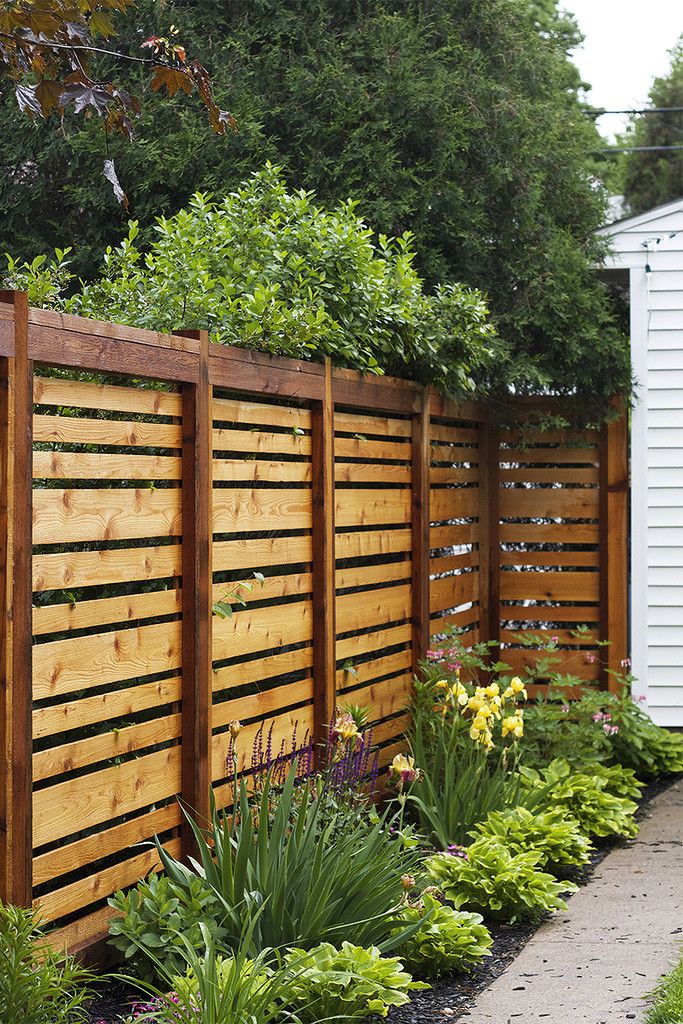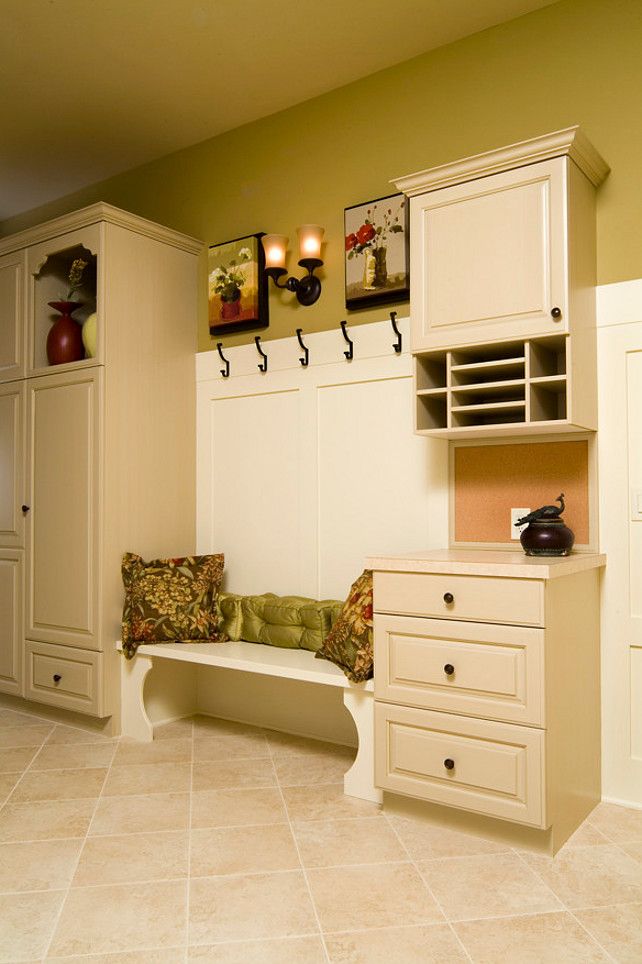Best trees for fences
The Best Trees for Privacy in Your Yard
Looking for trees that provide privacy from the wrong kind of neighborhood watch?
Planting a natural privacy fence is a sustainable, eco-friendly alternative to a hardscaped privacy fence, and that’s not the only positive, according to Alex Kantor of Perfect Plants Nursery:
“The benefits of using trees for privacy are endless. They have low-maintenance qualities, help seclude you from nosy neighbors, provide lush green landscape year-round (especially if they are evergreen), shield your property from wind and noise, create shade and offer beautiful scenery to view.”
Alex Kantor | Perfect Plants
There are a lot of options and factors to keep in mind when planning to build a tree fence. “While traditional fences can be installed almost anywhere, a ‘green fence’ needs sunlight and water to thrive,” says Missy Henriksen of the National Association of Landscape Professionals.
Find the right trees to block your neighbors with this full breakdown of the most popular privacy tree options.
Top 10 Trees for a Natural Privacy Fence
1. Eastern Redcedar
For a large, rugged privacy tree that provides full coverage, the Eastern Redcedar is the conifer for you. “Evergreen plants like broadleafs or conifers are generally a good choice for year-round effectiveness,” according to Henriksen, making this durable juniper a great tree fence option. Its red, aromatic wood and thick foliage will give your backyard an earthy fragrance and attract local birds and other wildlife.
What You Need to Know
- Height Range: 40-60 feet
- Width Range: 10-20 feet
- Sunlight Guidelines: Full to partial (4 to 8 hours of direct sun per day)
- Planting Guidelines: Eastern Redcedars can reach 60 feet high and 20 feet wide at maturity, so they’re best suited for larger backyards.
 If you have the space, make sure to plant these about 20 feet apart and away from power lines or neighboring homes.
If you have the space, make sure to plant these about 20 feet apart and away from power lines or neighboring homes. - Preferred Climate: 3-9 outdoor growing zone, hardy down to -30℉. This fast-growing privacy tree is one of the hardiest and most tolerant options available, thriving in cold, hot, dry and wet areas across the country.
- Garden Styles Suited For: Natural or rustic
2. Hybrid Willow Tree
The Hybrid Willow has a growth rate of 6 to 10 feet per year, and this disease-resistant plant typically reaches its mature height in just five years. They were bred to quickly form a thick wall that blocks out neighbors and noise. These privacy trees grow well even in cold environments, and their dense foliage makes them great windbreak trees. They’re also great for drying out swampy soil.
What You Need to Know
- Height Range: 35-45 feet in rows, 75 feet alone
- Width Range: 20 feet
- Sunlight Guidelines: Full to partial (3 to 6+ hours of direct sun per day)
- Planting Guidelines: Hybrid Willows require a lot of water but can withstand periods of drought with the right maintenance.
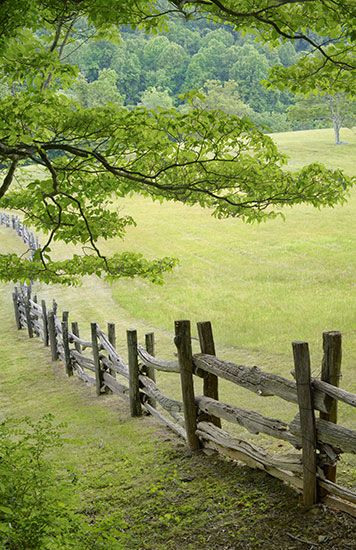 These plants do best in mid-sized to large yards. If spaced incorrectly, they can reach a towering 75 feet in height, so to create a manageable Hybrid Willow tree fence, be sure to plant them about 5 feet apart.
These plants do best in mid-sized to large yards. If spaced incorrectly, they can reach a towering 75 feet in height, so to create a manageable Hybrid Willow tree fence, be sure to plant them about 5 feet apart. - Preferred Climate: 4-9 outdoor growing zone, hardy down to -20℉. Considered to be the fastest-growing privacy tree, it’s tolerant of a variety of growing conditions and can fill common trouble spots in the yard.
- Garden Styles Suited For: Traditional, contemporary or Zen
3. Leyland Cypress
One of the most popular trees for privacy, the Leyland Cypress is a beautiful, fast-growing evergreen that is great for solid, full coverage in large backyards. They have been known to reach heights of 50 feet in just 15 years. When planted in a row, they create an impenetrable mass of branches that make them great trees for screening wind, snow and even noise.
What You Need to Know
- Height Range: 40-60 feet in rows, 70 feet alone
- Width Range: 15-20 feet in rows, 30 feet alone
- Sunlight Guidelines: Full (6+ hours of direct sun per day)
- Planting Guidelines: The Leyland Cypress can handle droughts, pests and even air pollution, and their high tolerance to salt makes them good privacy trees in coastal areas.
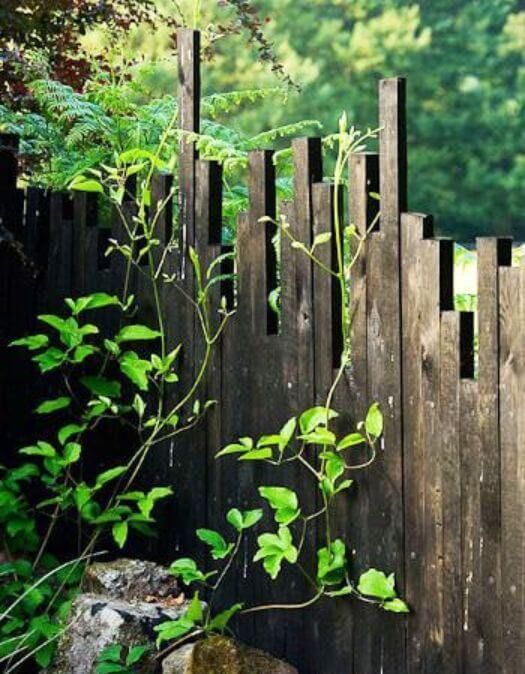
- Preferred Climate: 6-10 outdoor growing zone, hardy down to 0℉. These are one of the fastest-growing evergreen trees and great for defining property lines as a natural privacy fence, but due to their shallow root system, these trees are not well-adapted to hot summers and are susceptible to root rot. They do best in large, well-drained yards with mild to moderate temperature highs.
- Garden Styles Suited For: Mediterranean or traditional
4. Spartan Juniper
If your yard can’t accommodate some of the larger privacy fence trees, the Spartan Juniper is a great option for mid-sized backyards. Planted in a row, Spartan Junipers provide a stately, uniform look to any backyard, and their compact foliage makes them effective windbreak trees.
What You Need to Know
- Height Range: 15 feet
- Width Range: 3-5 feet
- Sunlight Guidelines: Full (6+ hours of direct sun per day)
- Planting Guidelines: Spartan Junipers prefer dryer soil and lots of sunlight.
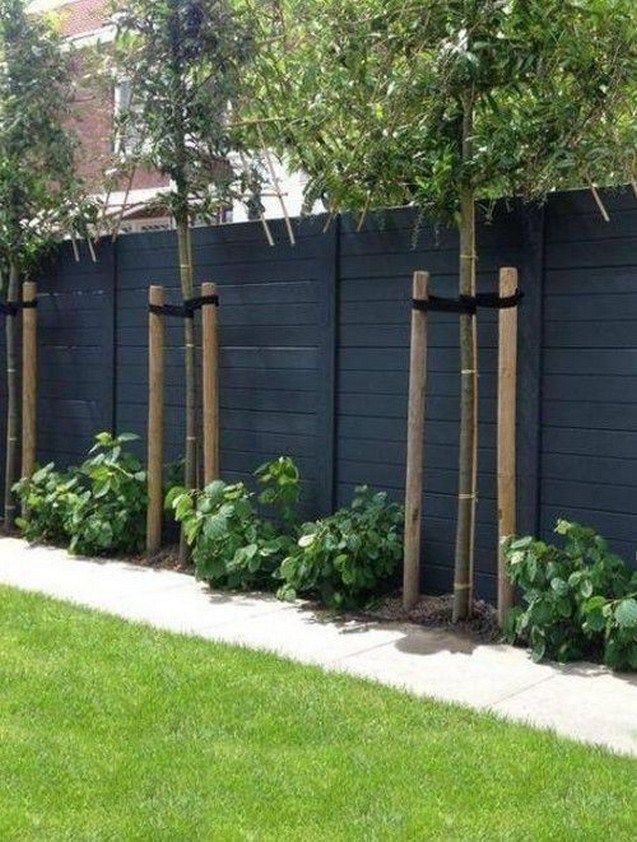 To prevent root rot and other ailments, make sure not to overwater them and plant them about 5 feet apart. These trees don’t do well with heavy pruning, so be sure to plant them in spaces they will fit naturally at their full size.
To prevent root rot and other ailments, make sure not to overwater them and plant them about 5 feet apart. These trees don’t do well with heavy pruning, so be sure to plant them in spaces they will fit naturally at their full size. - Preferred Climate: 5-9 outdoor growing zone, hardy down to -10℉. These are water-efficient trees which can be watered by natural rainfall after the first year of planting, though if there is a drought you should water them 1 inch per week. The Spartan Juniper can handle hot or cold temperatures and keeps its dark green color all year.
- Garden Styles Suited For: Contemporary, Mediterranean or Zen
5. Sky Pencil Holly
Looking for trees that provide privacy while taking up very little space? The Sky Pencil Holly is the right plant for you. With a mature height between 8 to 10 feet tall and a width of just 2 feet, Sky Pencil Hollies act as the ultimate space-saving privacy fence trees while still providing solid protection from wind, noise and wandering eyes.
What You Need to Know
- Height Range: 8-10 feet
- Width Range: 2 feet
- Sunlight Guidelines: Full to partial (3 to 6+ hours of direct sun per day)
- Planting Guidelines: Sky Pencil Hollies are able to thrive both in the ground and in decorative containers. Unlike their thorny cousin, the Holly Bush, their foliage is soft to the touch, making them the perfect trees for privacy on patios, urban decks and small backyards.
- Preferred Climate: 5-9 outdoor growing zone, hardy down to -10℉. These privacy trees prefer light, moist soils but are adaptable to different climates. Like many evergreens, these plants can develop root rot if overwatered, so be sure to give them a well-drained environment.
- Garden Styles Suited For: Contemporary or Zen
Working on a backyard makeover?
Find the best way to get rid of dirt, rocks and yard waste from your landscaping project.

6. Green Giant Thuja (Arborvitae)
The Green Giant Thuja is widely considered one of the best trees for privacy, making it a fan favorite in many backyards. “Thujas are one of our most popular trees,” says Kantor. “They are extremely fast-growing, provide privacy quickly and are also cold hardy. They can survive in a multitude of climates and are not affected by many pests or diseases.”
Their uniform, cone-like shape and consistent annual growth rate of 3 to 5 feet make for a polished tree privacy fence that requires very little pruning to maintain. You can trim the tops regularly for a classic, French Renaissance feel or leave them alone for a more natural look.
What You Need to Know
- Height Range: 30-40 feet
- Width Range: 5-8 feet in rows
- Sunlight Guidelines: Full to partial (3 to 6+ hours of direct sun per day)
- Planting Guidelines: If you like the height and density of the Leyland Cypress but don’t have the conditions to maintain it, the Green Giant is a great alternative.
 Just be sure to have a defense against deer on hand, as their soft leaves and branches are irresistible to these native grazers.
Just be sure to have a defense against deer on hand, as their soft leaves and branches are irresistible to these native grazers. - Preferred Climate: 5-9 outdoor growing zone, hardy down to -10℉. These durable, fast-growing trees are tolerant to heat and humidity, as well as drought and different types of soil. However, the planting site must have proper drainage.
- Garden Styles Suited For: Contemporary, traditional or rustic
7. Emerald Green Thuja (Arborvitae)
With a mature height of just 12 to 14 feet, the Emerald Green Thuja offers the classic beauty of its giant cousin at half the size. Their controlled growth rate of just 6 to 9 inches per year makes them a great choice for landscaping areas that are limited on space.
What You Need to Know
- Height Range: 12-14 feet
- Width Range: 3-4 feet in rows
- Sunlight Guidelines: Full to partial (3 to 6+ hours of direct sun per day)
- Planting Guidelines: These beauties are a great choice for mid-sized yards, and their slender shape makes them ideal as foundation plants along the home – just be sure to give them enough room to grow vertically.
 When planting these trees for privacy or wind blockage, it’s best to space them about 2 feet apart for optimal coverage.
When planting these trees for privacy or wind blockage, it’s best to space them about 2 feet apart for optimal coverage. - Preferred Climate: 3-8 outdoor growing zone, hardy down to -30℉. These privacy trees are very adaptable, resistant to snow and ice, drought-tolerant and will thrive in most climates.
- Garden Styles Suited For: Contemporary, Mediterranean, Zen or rustic
8. Flowering Dogwood
Flowering Dogwoods are great privacy trees for those looking for seasonal coverage with a pop of color. Dogwoods come in a variety of colors including white, pink and red, and their ornamental berries will make your backyard popular with local robins, cardinals and blue jays.
What You Need to Know
- Height Range: 15-25 feet
- Width Range: 15-25 feet
- Sunlight Guidelines: Full to partial (3 to 6+ hours of direct sun per day)
- Planting Guidelines: Dogwoods do best in large to mid-sized backyards.
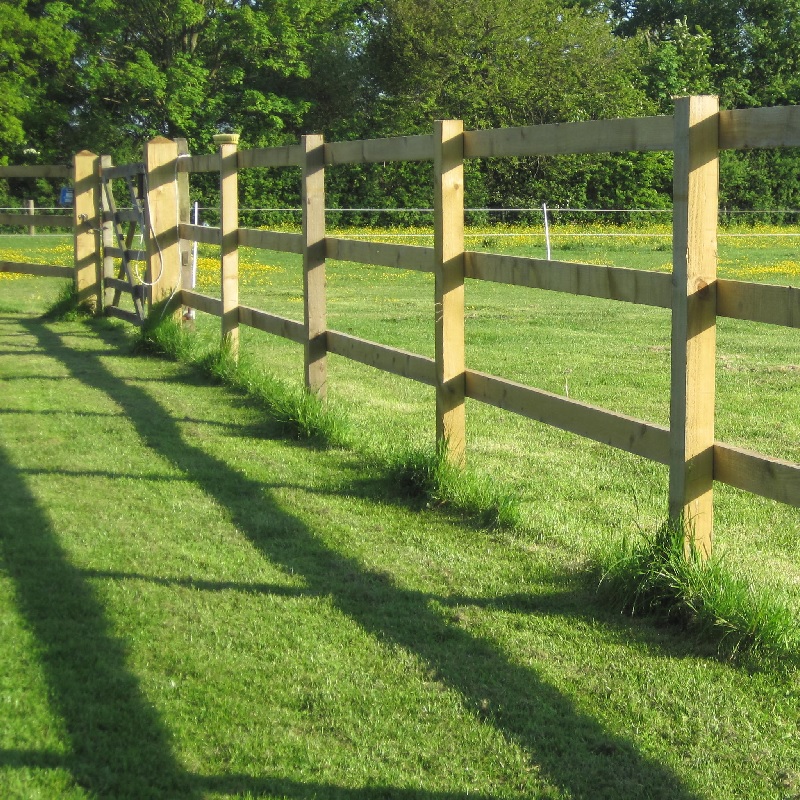 Their beautiful, compact blooms are great for vertically extending an existing privacy fence when planted 20 feet apart. They can also be strategically placed for spot coverage – for instance, blocking your neighbor’s favorite view of your lawn chairs.
Their beautiful, compact blooms are great for vertically extending an existing privacy fence when planted 20 feet apart. They can also be strategically placed for spot coverage – for instance, blocking your neighbor’s favorite view of your lawn chairs. - Preferred Climate: 5-8 outdoor growing zone, hardy down to -10℉. These trees prefer well-drained soil that is not too dry and can thrive year-round in both hot and cold climates.
- Garden Styles Suited For: Traditional or rustic
9. Weeping Podocarpus
These fast-growing, woody evergreens are a popular privacy tree choice in places like Florida and California. Weeping Podocarpus trees have plush, billowing foliage and work well as spot privacy trees or in a full natural privacy fence.
What You Need to Know
- Height Range: 35-45 feet
- Width Range: 10-20 feet
- Sunlight Guidelines: Full to partial (3 to 6+ hours of direct sun per day)
- Planting Guidelines: These plants will do best on large properties and should be planted 10 to 15 feet away from homes and other buildings.
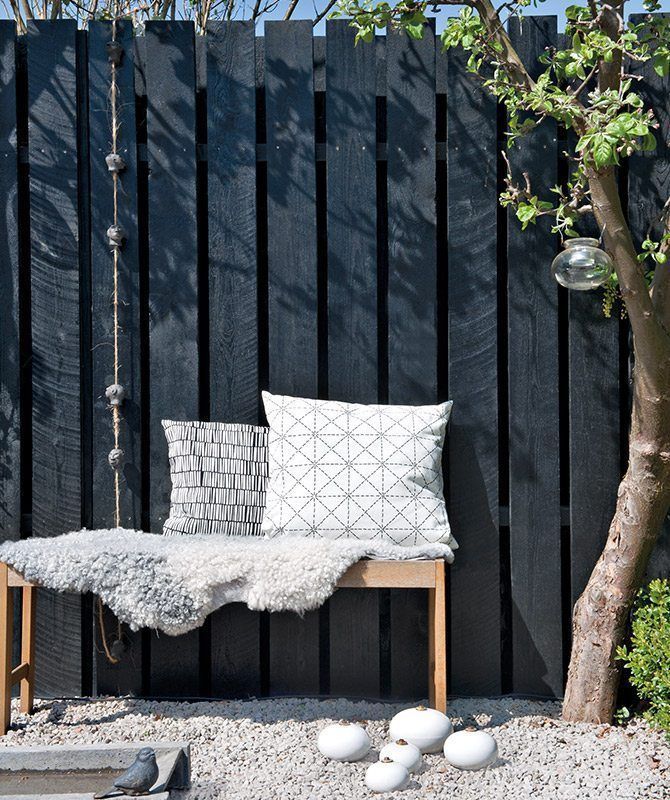 When planting in a row, allow about 5 to 10 feet of space between each tree.
When planting in a row, allow about 5 to 10 feet of space between each tree. - Preferred Climate: 9-11 outdoor growing zone, hardy down to 20℉. This tree’s drought tolerance, preference for dry soil and ability to thrive in mildly salty conditions make it an ideal choice for southern and coastal areas.
- Garden Styles Suited For: Tropical, contemporary or rustic
10. Goldspire Ginkgo
For privacy trees that are as beautiful as they are functional, try lining your yard with Goldspire Ginkgo. These unique trees take on a narrow, pyramidal shape with their deep green summertime leaves giving way to stunning golden hues each fall.
What You Need to Know
- Height Range: 14-16 feet
- Width Range: 5-6 feet
- Sunlight Guidelines: Full to partial (3 to 6+ hours of direct sun per day)
- Planting Guidelines: The Goldspire Ginkgo is a durable, smog-resistant tree that will do well in mid-sized backyards.
 Just be careful not to confuse it for its cousin, the Ginkgo. Ginkgo trees can reach sizes of 40 to 60 feet, and their berries smell awful. Goldspire Ginkgos are specifically bred for their smaller, slender shapes and lack the pungent fruit of their cousins.
Just be careful not to confuse it for its cousin, the Ginkgo. Ginkgo trees can reach sizes of 40 to 60 feet, and their berries smell awful. Goldspire Ginkgos are specifically bred for their smaller, slender shapes and lack the pungent fruit of their cousins. - Preferred Climate: 4-9 outdoor growing zone, hardy down to -20℉. This versatile, low-maintenance privacy tree thrives in a wide variety of climates. Natural rainfall should supply its water needs after the first year of planting, though the soil must have proper drainage.
- Garden Styles Suited For: Zen or traditional
What are the Best Privacy Trees for Your Backyard?
“When selecting plants for a fence, it’s important to take into consideration the specific region of the country where you live,” says Henriksen. If you’re ever unsure about a tree’s fit, just ask a nearby landscape expert. They have extensive knowledge of trees that provide privacy and that will also thrive in your local climate.
Take measurements and have a few pictures of your backyard on hand so they have some idea of the space you’re working with. And always remember that good tree fences make good neighbors.
Going for a whole new look outdoors? Check out these articles for more landscaping makeover tips:
- How to Redo a Flower Bed
- 10 Budget-Friendly Backyard Landscaping Ideas
- How to Add Curb Appeal to Your Home
10 Best Trees for Privacy
Type keyword(s) to searchToday's Top Stories
1
60+ of the Best Couples Halloween Costumes
2
The 60 Best Halloween Movies of All Time
3
8 Best Lower Back Stretches, According to Experts
4
17 Best High-Protein, Low-Carb Foods
5
38 Pun Halloween Costumes That'll Make You Chuckle
We’ve been independently researching and testing products for over 120 years.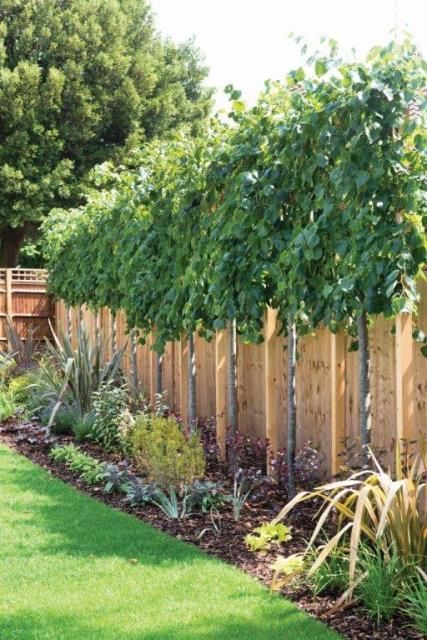 If you buy through our links, we may earn a commission. Learn more about our review process.
If you buy through our links, we may earn a commission. Learn more about our review process.
Create a green fence with these fast-growing, low-maintenance varieties.
By Amanda Garrity
KatarzynaBialasiewiczGetty Images
Even if you have the loveliest neighbors on the block, it's still important to create a sense of privacy in your backyard. While you can always rely on wooden or metal fencing to get the job done, planting tall, fast-growing trees are a much prettier way to fence off your space. When planted close to one another, evergreen, cypress, flowering trees and other varieties create a lush green fence — a living wall, if you will — to separate your property from your neighbor's.
When selecting trees for privacy, figure out which USDA Hardiness zone you live in (find yours here) to ensure that the one you select can survive local winters. Then take into account the size of your space — small backyards may require a tall and narrow option like a Italian Cypress, bigger plots of land call for trees with a wider reach like a Weeping Willow. Keep in mind that all of the trees on this list grow fairly quickly, some even growing three feet each year until they reach their mature size. Because of this, you'll want to make sure that you prune the trees regularly and space them out to prevent overcrowding.
Then take into account the size of your space — small backyards may require a tall and narrow option like a Italian Cypress, bigger plots of land call for trees with a wider reach like a Weeping Willow. Keep in mind that all of the trees on this list grow fairly quickly, some even growing three feet each year until they reach their mature size. Because of this, you'll want to make sure that you prune the trees regularly and space them out to prevent overcrowding.
Now, here are some of the best trees for privacy, along with their growing requirements and care instructions.
1
Leyland Cypress Tree
dbviragoGetty Images
A few seasons after planting, this blueish-green tree will create a full green fence. When fully grown and unpruned, this pyramidal evergreen can reach 70 feet in height. Although they are fairly tolerant and low-maintenance, they grow best in zones 6-10 with partial to full sunlight and well-draining soil.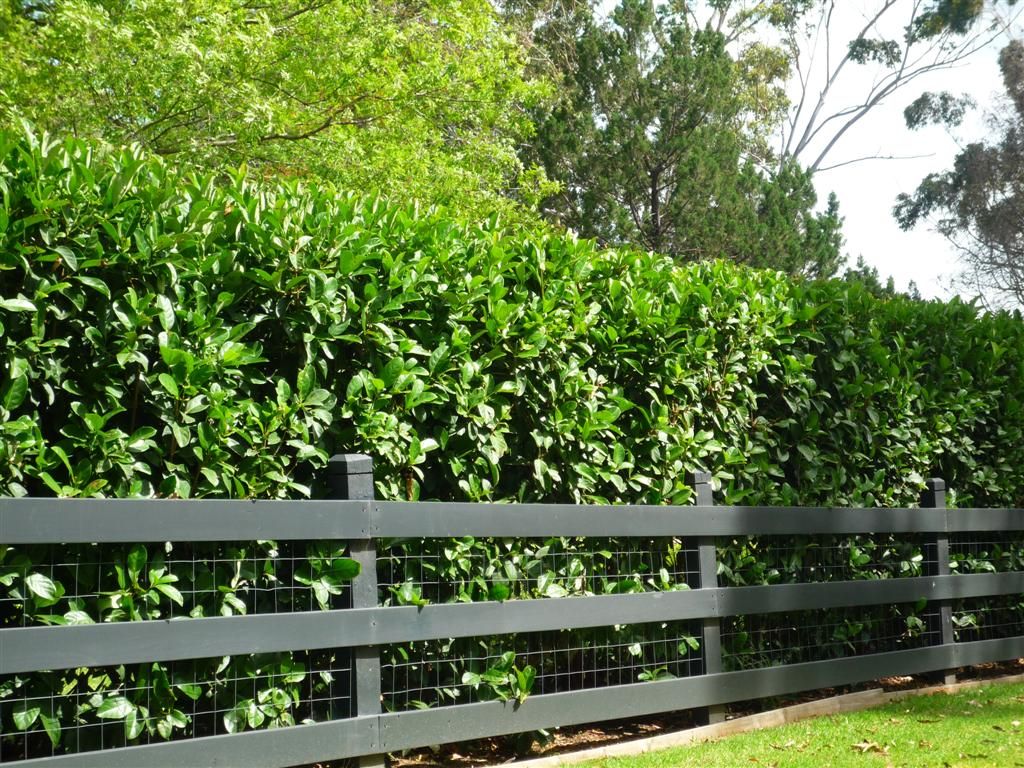
SHOP NOW
2
Italian Cypress Tree
agustavopGetty Images
Known for its long and skinny silhouette, this popular Cypress can squeeze into tight spaces while still giving your backyard plenty of height. Even though they don't grow wide, most trees grow up to three feet in any given year, reaching anywhere from 35 to 40 feet in 10 years. They grow best in zones 7-11, so they can handle drought conditions and thrive in full to partial sun (at least four to eight hours of sunlight daily).
SHOP NOW
3
Flowering Dogwood Tree
michaelmillGetty Images
White flowers may only make an appearance for a month or two, but the trees offer a gorgeous backdrop all year long. Ideal for zones 5-8, these low-maintenance beauties also boast glossy green leaves in the summer and crimson berries in the fall. Try to plant Dogwoods in the spring months when soil is moist, so that it has plenty of time to grow. FYI, it thrives as long as it has partial shade and weekly watering.
Try to plant Dogwoods in the spring months when soil is moist, so that it has plenty of time to grow. FYI, it thrives as long as it has partial shade and weekly watering.
SHOP NOW
4
Thuja Green Giant
rlatGetty Images
Grow a lush dark green privacy screen with ease. Once established, Thuja Green Giant grows three to five feet each year with only four hours of direct sunlight daily and regular watering during the first six months. It's resistant to most insects and disease, and grows best in zones 5-9.
SHOP NOW
5
Weeping Willow Tree
Richard Hamilton SmithGetty Images
The arching branches on a Weeping Willow tree add drama and elegance to any backyard, large or small. When regularly pruned in their younger years and planted in zones 6-8, Weeping Willows can grow to be 50 feet tall. Plant them in full sun to partial shade and make sure they are watered weekly during the first year of planting, then as needed in the tree's later years.
Plant them in full sun to partial shade and make sure they are watered weekly during the first year of planting, then as needed in the tree's later years.
SHOP NOW
6
Emerald Green Arborvitae
Fast Growing Trees
If your yard is on the smaller side in zones 2-8, make a privacy screen with these glossy greens. They work best in compact spaces since they grow up, not out, reaching a max of 15 feet tall. Just be sure to plant the trees at least three feet apart and in full sun or partial shade. Start by watering it twice weekly before scaling back to 1" of water each week at around the three-month mark.
SHOP NOW
7
Cherry Blossom Tree
Stefanie KellerGetty Images
Cover your backyard with a blanket of pink and white petals. This flowering tree is best suited in zones 5-9, reaching a height and spread up to 20 feet.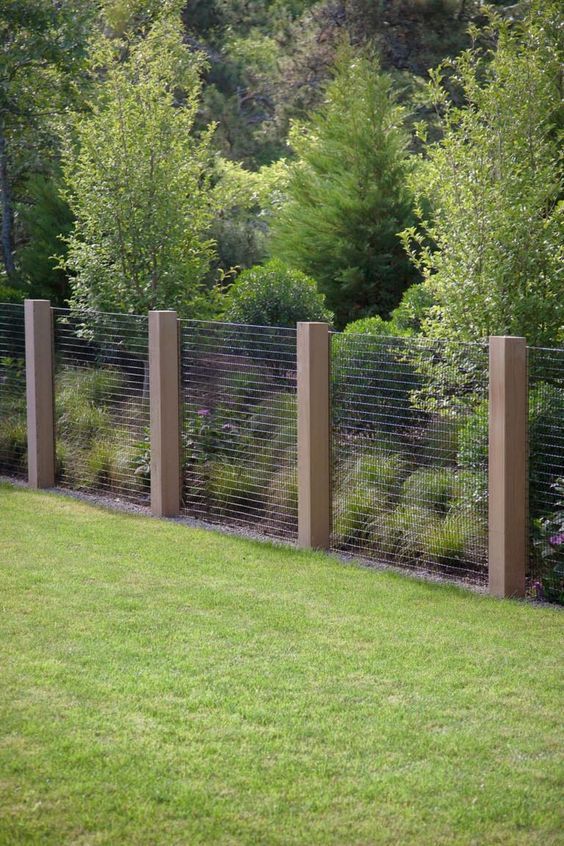 It needs at least six hours of direct sunlight daily and well-draining soil to grow and bloom.
It needs at least six hours of direct sunlight daily and well-draining soil to grow and bloom.
SHOP NOW
8
Nellie Stevens Holly
Fast Growing Trees
Technically, it's a shrub, but the Nellie Stevens Holly towers high, reaching 25 feet when it's fully grown. Unlike some of the other privacy trees on this list, this tolerant shrub stays green all year long, even in the heat of the summer. If you live in zones 6-9, plant each Nellie Stevens Holly at least five or six feet apart to create a living wall, ultimately reaching 15 to 25 feet in height. You can keep their natural pyramidal shape (shown here) or prune them into a tall box hedge.
SHOP NOW
9
Thundercloud Plum Tree
Elizabeth FernandezGetty Images
Don't be fooled by the name: This plum tree doesn't always bear fruit, but has leaves in a similar purple hue.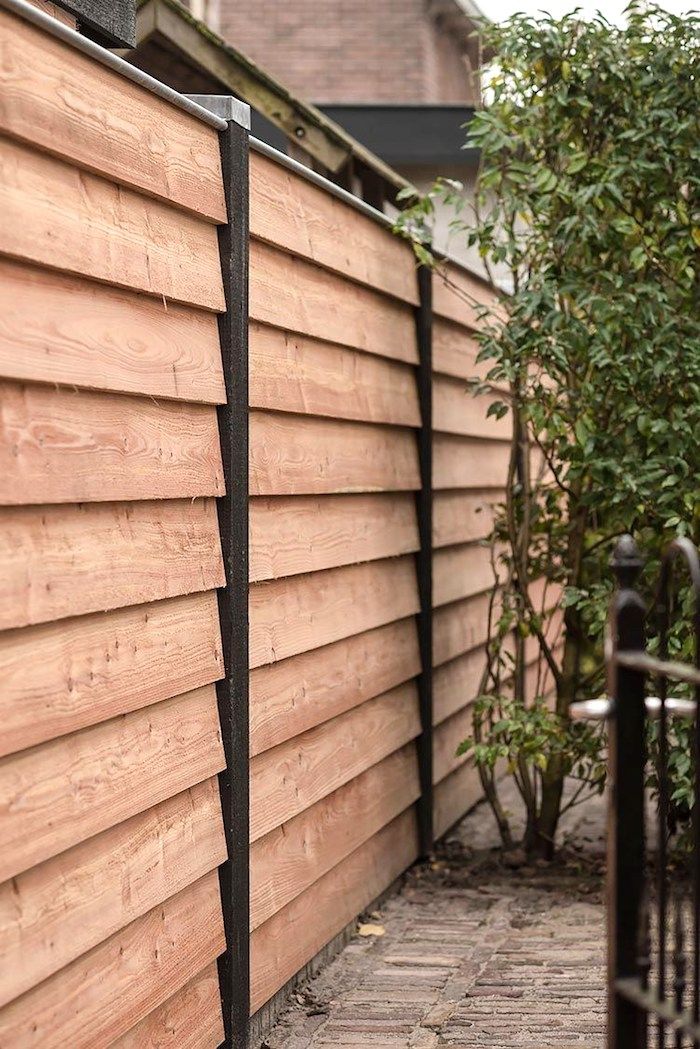 The mid-size variety reaches a height and spread of roughly 20 feet when it's fully grown, making it a colorful addition to any backyard space. It grows best in zones 5-9 with full sun and regular watering during its first year in the ground.
The mid-size variety reaches a height and spread of roughly 20 feet when it's fully grown, making it a colorful addition to any backyard space. It grows best in zones 5-9 with full sun and regular watering during its first year in the ground.
SHOP NOW
10
Yew
Marianne Windisch / EyeEmGetty Images
Another tall shrub makes the cut: This evergreen perennial is tolerant to handle most conditions, making it a great fit for zones 2 - 10. With full sun to shade and well-draining soil, some of the varieties can grow up to 20 feet tall and produce small red berries (similar to holly berries).
SHOP NOW
Amanda Garrity Amanda Garrity is a lifestyle writer and editor with over seven years of experience, including five years on staff at Good Housekeeping, where she covered all things home and holiday, including the latest interior design trends, inspiring DIY ideas and gift guides for any (and every) occasion.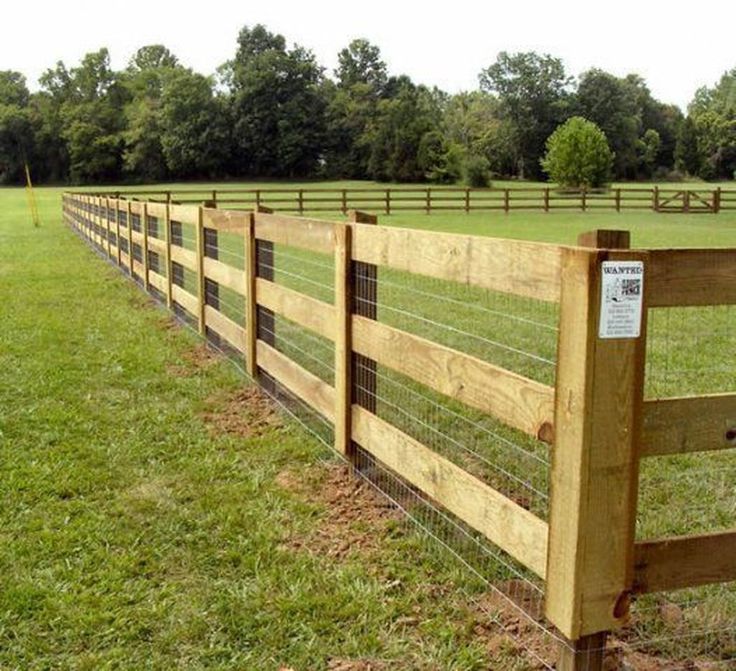
8 Best Leaf Vacuums of 2022
Houseplants 101: A Field Guide for Beginners
11 Best Pruning Shears for a Gorgeous Garden
15 Best Low-Light Office Plants
The Best Watering Cans for Your Garden
20 Bedroom Plants for Cleaner Air and Better Sleep
30 Perfect Flowers for a Fall Garden
The Best Feng Shui Plants of 2022
9 Best Misters to Keep Houseplants Healthy
What to Plant in November
8 trees that can be planted in front of the fence
- Home
- Landscape
If you are planning to plant trees along the fence, then the best moment is to start construction. So at the time of the housewarming, the yard will have a completely cozy look, and the whole space will be filled with the colors of wildlife. But what trees are best planted and how best to do it, we will analyze in today's article.
0
See photo gallery
... photo
- Ordinary spruce
- Tuya
- Pine
- TIS Berry
- IV SHAROVID
- maple
- Virginsky juniper
- Little -leaved vision
How to independently spread the handle from the door? How to erase the tulle at home?
Norway spruce
One of the best options.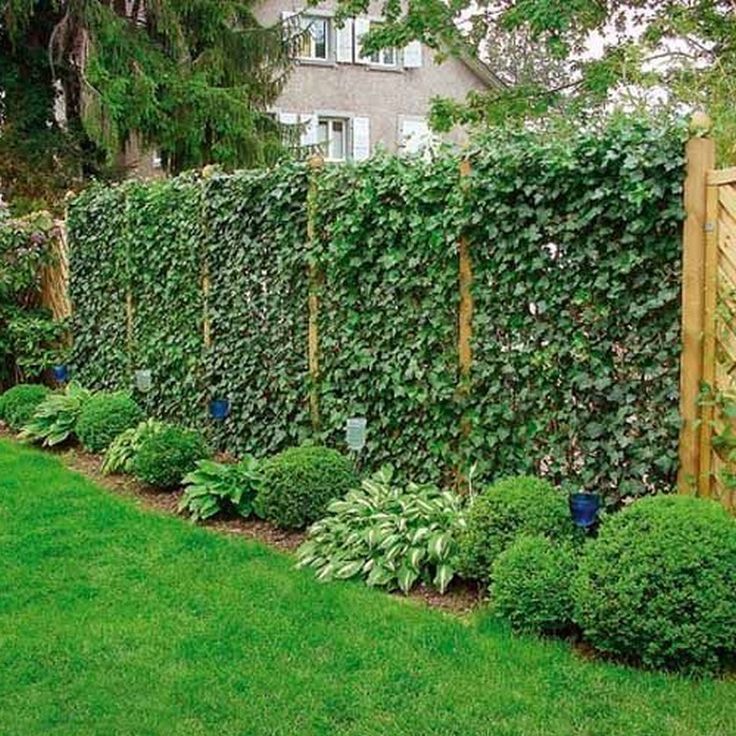 Spruce grows very quickly - by about 50 cm per year and after 10 years reaches 4 m in height. It has a pronounced conical crown shape.
Spruce grows very quickly - by about 50 cm per year and after 10 years reaches 4 m in height. It has a pronounced conical crown shape.
The tree is undemanding to the ground and takes root well even in dry sandy or heavy soil. He likes a lot of light, in the shade growth slows down significantly. As a hedge, an ordinary spruce is better than others. Also, many gardeners use dwarf varieties. Another advantage is that the tree is resistant to frost, drought, pruning and polluted air.
Thuja
Thuja plantings will perfectly complement any fences. They will protect the yard from prying eyes and dust. The most popular are varieties with a crown of a conical shape. The growth rate of the thuja is low - in 10 years it reaches 2.5 m in height. And its average annual growth is 30 cm.
The needles of the plant are bright green and do not change color even in winter. Trees are planted at a distance of 0.6-0.8 m from each other on a sunny or slightly shaded side.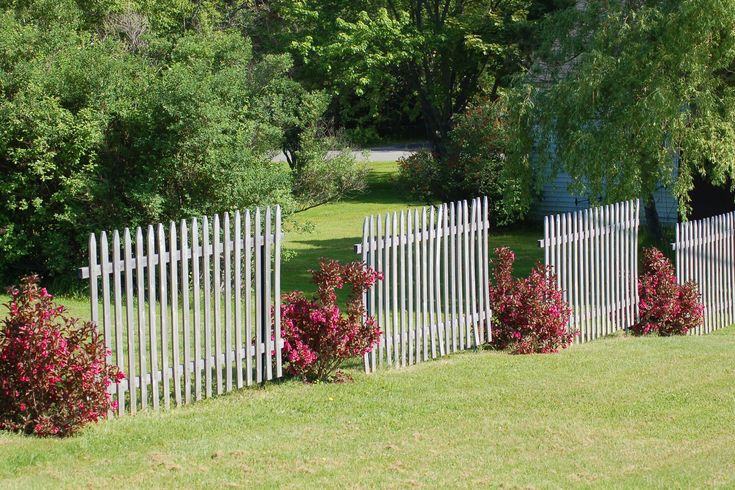 The soil is preferably fertile.
The soil is preferably fertile.
To keep the plants at the same height, the tops can be trimmed slightly.
Pine
Belongs to long-lived coniferous trees - there are specimens 600-800 years old. The average annual growth is about 40 cm. The needles are dense and hard, collected in bunches. The tree is not demanding in care, it is very easy to grow. Likes a lot of sunlight, but feels good in partial shade. Almost any soil is suitable, even sandy.
The first few years it is important to water a lot and preferably feed with compost or ring fertilizer. Pine is resistant to polluted air and is suitable for planting on busy streets and in urban areas. Great for group planting, like a green wall. It reliably protects from wind, dust and strengthens the soil.
Berry yew
A low growing, compact tree that is easy to shape. Excellent landing along the fence, but requires special attention during the formation. Plants should be planted at a distance of 20-50 cm in order for the plants to take root quickly and grow well.
The soil is preferably loose and moist. Yew survives winter well in the northern regions due to the thick snow cover. In the middle and southern regions, the trunk circle must be insulated with mulching material.
Globular willow
The plant looks great on the shore of a lake or an artificial pond. But also suitable for landing along the fence. In most cases, they use spherical and weeping. It is advisable to water a young plant 2 times a week.
Globular willow with spreading crown. With the help of pruning, it can be given any shape. Lives up to 75 years and retains its decorative qualities even after shedding leaves, due to the yellow color of the shoots. The tree takes root perfectly in any soil, is not demanding on light and calmly tolerates frost.
Maple
Maple can be used to make an unusual composition. It will give the site lightness and airiness, but at the same time it will reliably protect from dust and wind. Maple is fast growing and often reaches 10-15 m in height. Therefore, he will have to take a lot of care. Otherwise, your fence will turn into a thicket.
Maple is fast growing and often reaches 10-15 m in height. Therefore, he will have to take a lot of care. Otherwise, your fence will turn into a thicket.
The tree is undemanding to soil quality, but prefers fertile black earth. Easily tolerates drought and takes root well even in shaded areas. However, young trees do not like frost and strong winds.
Virginian juniper
Most junipers are shrubs, but there are a few woody varieties that are great for our purposes. Due to the very slow growth (10 cm per year), the fence from such a plant lasts 30-40 years.
The tree tolerates pruning and crowning well. Very resistant to drought, frost, gas and dust. And thanks to the large amount of essential oils, it provides a favorable atmosphere on the site. The soil is preferably slightly acidic. The only drawback is that the plant is very photophilous.
Elm
Wood is one of the best filters for air pollution. That is why it is often planted in urban areas. Its leaves retain several times more harmful particles than poplars, lilacs, and maples.
Its leaves retain several times more harmful particles than poplars, lilacs, and maples.
The plant reaches a height of up to 15 m. Very resistant to diseases and pests. Young trees tolerate frosts down to -28 ° C, and adults up to -40 ° C. After shearing, the crown keeps its shape for a long time. At the initial stage, you need to constantly cut thin branches - 3-4 times per season. The average landing height of 2-3.5 m is quite easy to maintain.
To create a complete look, trees can be supplemented with small shrubs and vines. Fruit and berry crops planted in dense plantings are suitable. But if your site is located near a busy highway, you should not do this. It is still impossible to collect berries, and the flowers will have an unattractive appearance due to constant dustiness. In this case, it is better to create a living fence of trees as tall as human height and a little more. It will keep dust, exhaust gases and protect the yard from the wind. The main thing is to prune in a timely manner and not allow the branches to grow.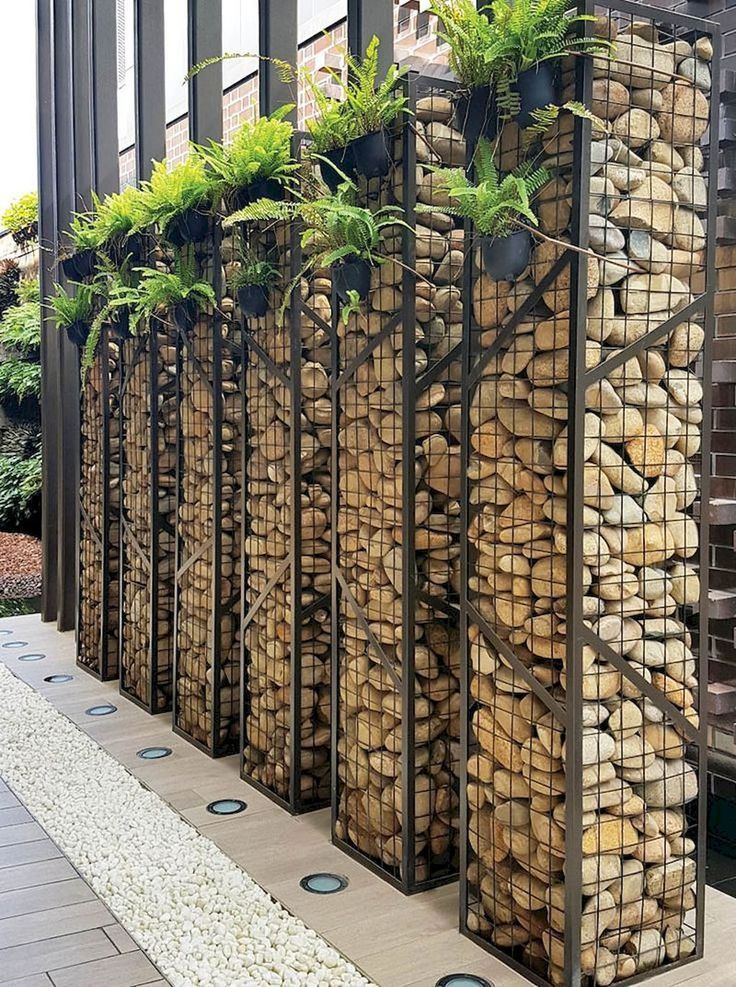
Now we have a Telegram channel!
Subscribe
See the most beautiful ideas and useful tips in your feed
Rate this article: Rating: 5/5 Ratings: 114Found a typo? Select the fragment and send it by pressing Ctrl+Enter.
8 dwarf trees for summer cottages that will decorate the garden and give a harvest7 important things for the lush flowering of peonies
7 beautiful shrubs that feel comfortable in cold climatesPropagation of honeysuckleHow to use polycarbonate in the country with benefits? 7 trendy plants and trees for the country house How to arrange garden paths for the country house beautifully?
Which trees are better to plant along the fence from the side of the street
Not only fruit trees, as was the case until recently, but also deciduous and coniferous species are chosen to decorate the adjacent territory. They look especially good from the side of the street, as they cover the territory from dust and prying eyes.
They look especially good from the side of the street, as they cover the territory from dust and prying eyes.
There are planting rules that are important to follow in order to take into account the interests of neighbors, create comfortable conditions for plant growth and transform the site.
Contents
Why plant trees
Trees serve not only as a decorative element of the landscape, but also perform important functions: In some areas, trees are being planted instead of a fence. This option is suitable for landscape design in natural styles, country , but it is not advisable to use for fencing small areas. Trees can be planted on a site with buildings and landscaping already built, but the best option is to plan plantings at the design stage of the fence and the entire allotment. In order to correctly select trees, you need to take into account: If there is not much time for caring for plants, it is better to choose undemanding tree varieties. Tall species are planted near the fence located on the side of the road, and low ones are used to decorate the site. They are arranged in two or three rows or combined with taller trees, shrubs, herbaceous plants. Deciduous and coniferous species are suitable for this. What the fence is made of also affects the choice of trees that are best planted along it. It also depends on which side of the fence it is desirable to plan planting. In addition to the material, it is important to consider the height of the fence: A combination of trees with climbing plants and shrubs is suitable for any fence barberry, honeysuckle, lilac, raspberry. They usually plant arborvitae, dwarf firs, mountain ash, maple, chestnut, birch behind the fence. Inside it is better to arrange any coniferous, willow, berry and fruit trees. This is a plant from the cypress family with soft and fragrant needles, developed branches, unpretentious and very beautiful. The following varieties of arborvitae are suitable for creating a fence in the country: Trees are planted in spring in the soil of any composition at a distance of 3 m from the house and 1 m from the fence and between the trees. For a two-row hedge, seedlings are staggered. Moisturize them regularly at least once a week, more often in the heat. Landscape designers, of all varieties of this tree, recommend planting common spruce along the fence. Can choose dwarf option. Plants are unpretentious and for decades serve as an additional natural fence for a summer cottage. It's easy to take care of them. Trees grow in partial shade, require pruning of shoots that have grown by 20 - 25 cm, and regular watering. Frost-resistant and unpretentious mountain ash with a beautiful crown and bright orange clusters looks beautiful near the fence from the side of the street. It grows well in the shade and in the sun, does not need special care. You need to water the tree regularly and remove the shoots, fertilize once a year, loosen the soil as necessary and form a crown. This tree looks best by an artificial or natural lake. But they also plant willow behind the fence. shrub species are used more often, but woody species also grow well on moist soils. Young plants need to be watered twice a week, it is especially important to monitor the quality of the soil on dry days. Caspian willow and other flexible varieties willow make beautiful hedges. From young shoots form a large mesh or intertwine them in another way. It turns out a strong green fence that grows in three years. To maintain the shape of the fence, pruning is performed twice a year or more often: dried and frozen branches are removed in the spring, and during the summer and autumn, the parts that break out of the composition break the symmetry. Disease resistant, hardy maple various varieties grow well in any soil, but with sufficient watering. In hot weather, mature maples need to be watered every week, and young maples once every 3-4 days. In spring and autumn, this is done once a month. To keep the crown beautiful, you need to regularly cut dry branches, as well as fertilize and loosen the soil from spring to autumn. This light-loving and frost-resistant plant is often planted along the fences from the side of the yard, along with pear, plum and other berry and fruit varieties. Also, peach is used in single compositions, especially redleaf . In order to form a beautiful crown, the seedlings are pruned in the first year, allowing the growth of side branches. Trees should be watered as the soil dries out, and waterlogging should not be allowed. In landscape design it is important to use plants that grow quickly. Up to 2 meters, in one year, can stretch: birch, white willow, aspen, silver maple. Up to 1 meter, during the same period, grow: spruce, pine and larch . Approximately 50-60 cm per year grow maples different species, quince, western thuja and common linden . All these plants can be used to decorate the space near the fence from the side of the house or from the street. It is advisable to plan the planting of trees along the fence in accordance with the type of landscape design, arrange the plants so that the entire house territory or the space behind the fence is a harmonious composition. If planting in two or more rows is used, then the plants should be cascaded: If there is little time to look after the garden and harvest on time, then it is not recommended to plant cherries, apple trees, other fruit varieties behind the fence. And very high views must be positioned so that as they grow they remain safe for communications, do not touch electrical wires. It is also necessary to plan plantings taking into account the minimum standard distances from different objects to trees. For the full development of the root system of plants, as well as the safety of the fence structure, it is recommended to maintain a distance of 3 m between the fence and trees. If the selected type of tree is characterized by a powerful crown, it is better to plant it at a distance of 5 m from the neighboring plot, and trees with a branched root system no closer than 7 m from residential and other buildings. Also, it is better not to plant trees near the water supply and drain pit, especially fruit and berry species. The minimum distances from tall trees to other objects are as follows: For hedges, the height requirements are the same as for fences, i.e. they should not create a shadow on the neighbors' plots. Not all fast-growing trees can be planted on the site. For example, Silver Maple is fast growing and multiplies just as fast, so it is considered a weed.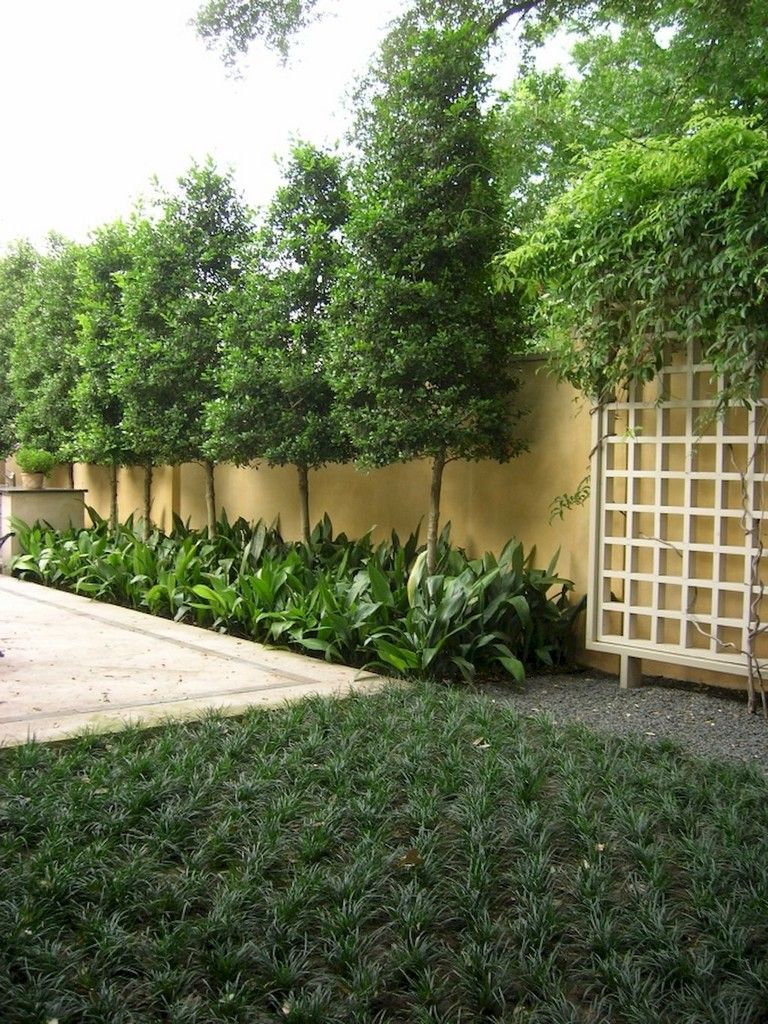 More often, hedges are combined with simple, unaesthetic fences, masking them and giving the site an attractive look. A mountain ash, aspen and other trees are used as a support for weak fences.
More often, hedges are combined with simple, unaesthetic fences, masking them and giving the site an attractive look. A mountain ash, aspen and other trees are used as a support for weak fences. Landscaping tree recommendations
Thuja, turf, vesicle 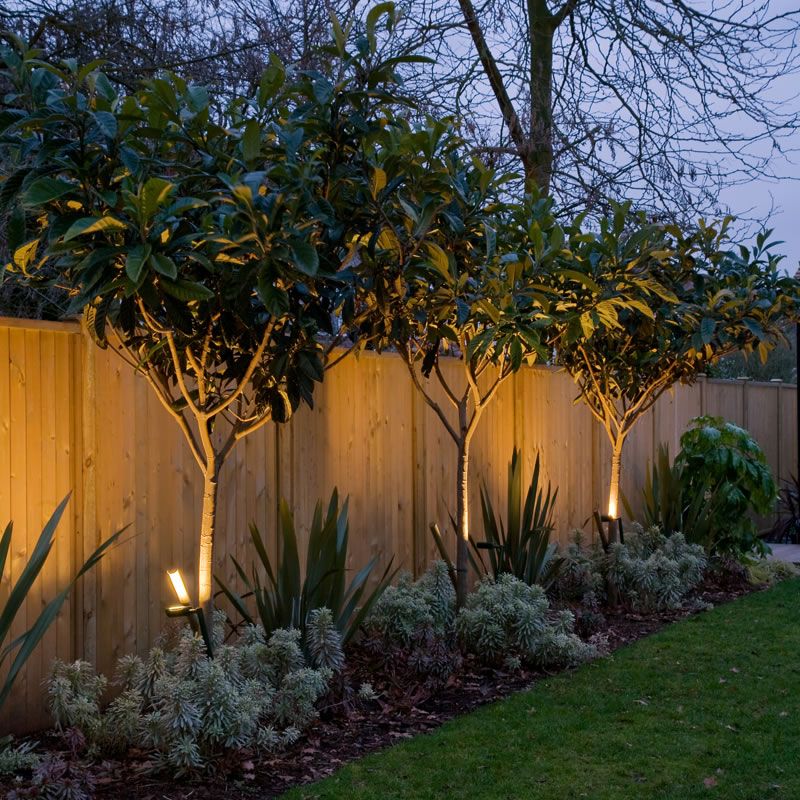 ;
;
The choice of plants for different types of fences

What kind of trees to plant near the fence
Thuja
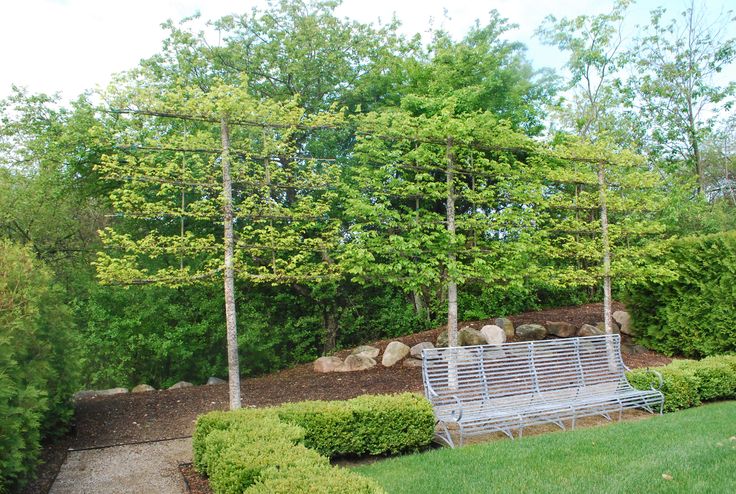 Only planted trees need to be protected from direct sun for 1-2 months. You also need to cut the crown in the spring, remove dry branches and fertilize.
Only planted trees need to be protected from direct sun for 1-2 months. You also need to cut the crown in the spring, remove dry branches and fertilize. Spruce
Rowan
 Trees are planted at a distance of 4 m from each other, and flower beds with low plants are planted between them or grass is sown.
Trees are planted at a distance of 4 m from each other, and flower beds with low plants are planted between them or grass is sown. Willow
Willow Maple
Globozoom Maple  They are not afraid of the sun and are suitable for decorating fences both from the inside and from the street. They are combined with birch , spruce , lilac bush and barberry . Inside the courtyard, such a tree is planted near the fence as a tapeworm - an ornamental plant with a beautiful spreading crown, standing alone against the backdrop of a lawn or undersized flowers.
They are not afraid of the sun and are suitable for decorating fences both from the inside and from the street. They are combined with birch , spruce , lilac bush and barberry . Inside the courtyard, such a tree is planted near the fence as a tapeworm - an ornamental plant with a beautiful spreading crown, standing alone against the backdrop of a lawn or undersized flowers. Peach
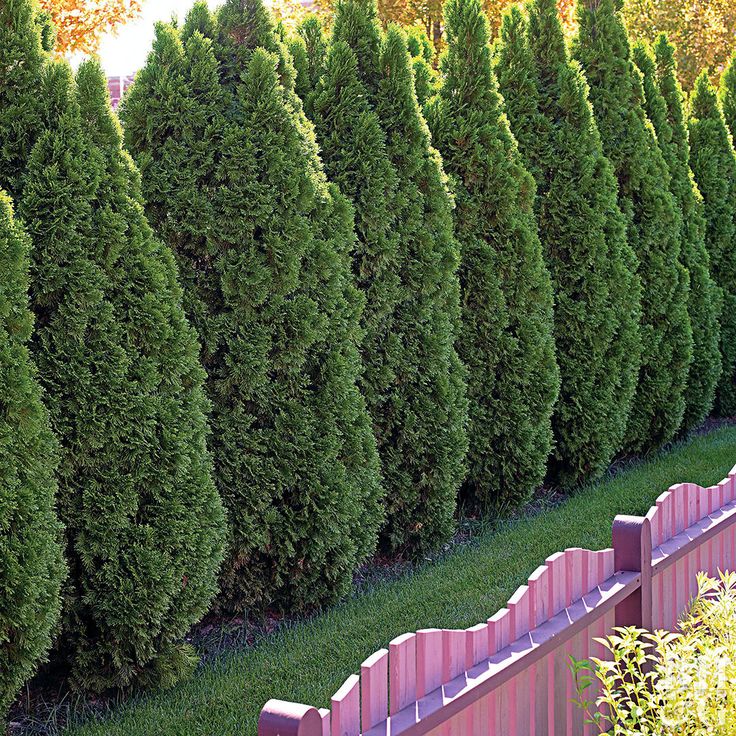
Fast growing trees
Planting rules

Norms and distances
 This will also prevent older trees from shading neighboring areas.
This will also prevent older trees from shading neighboring areas.
